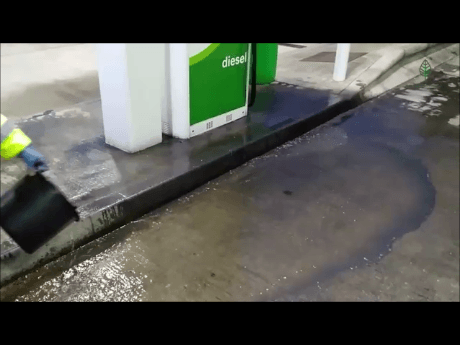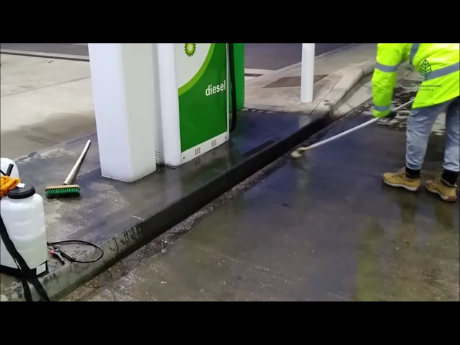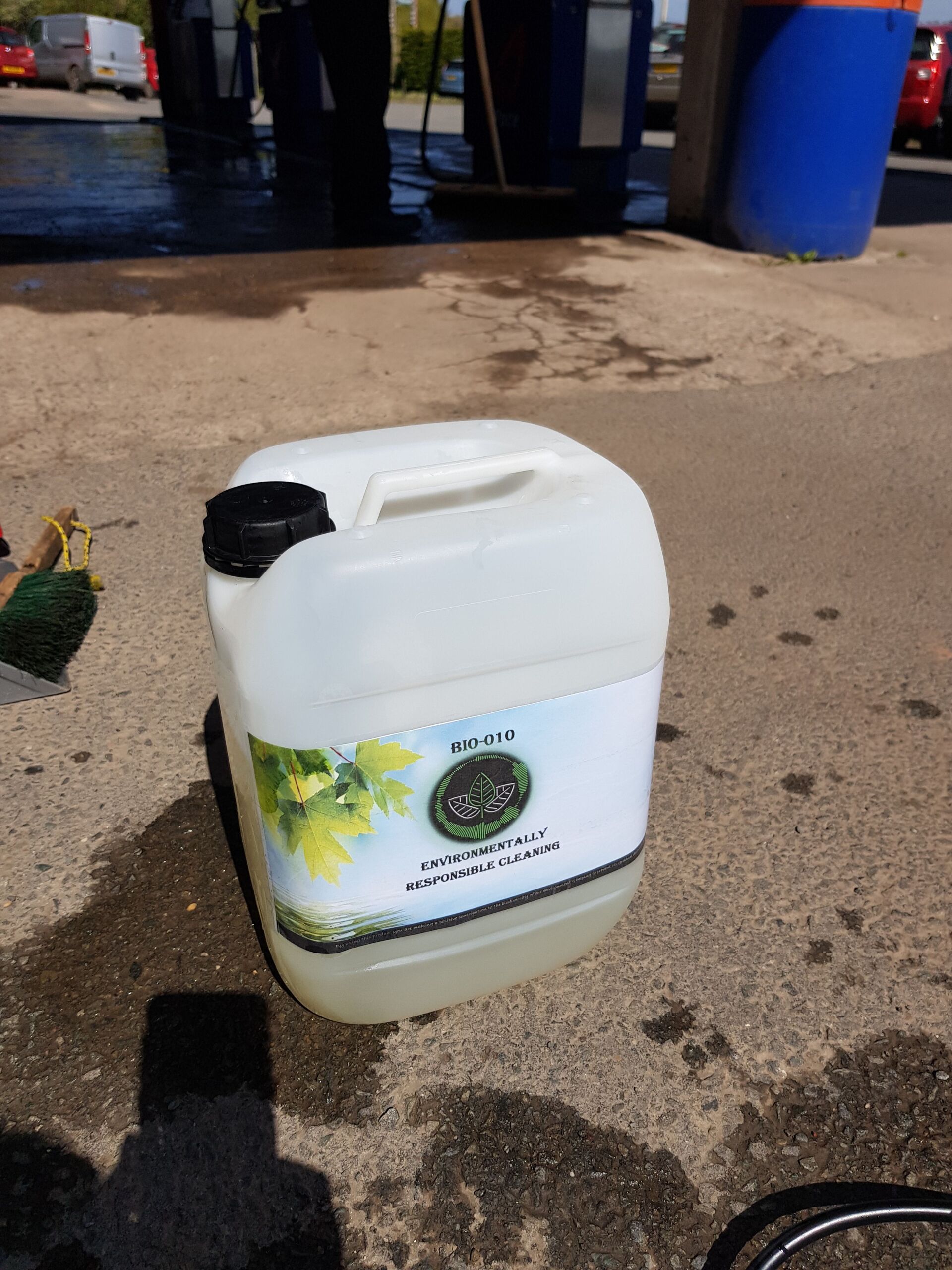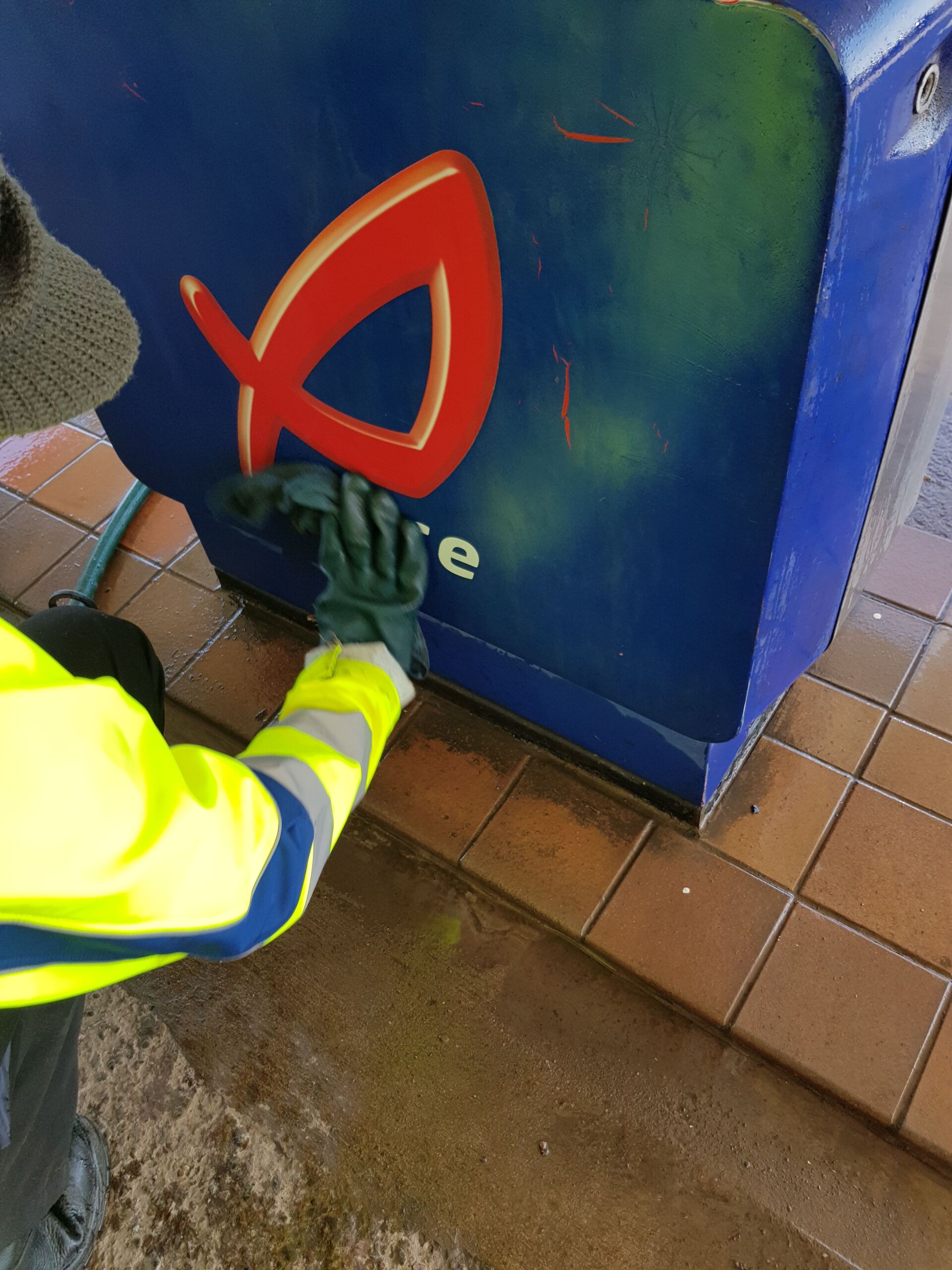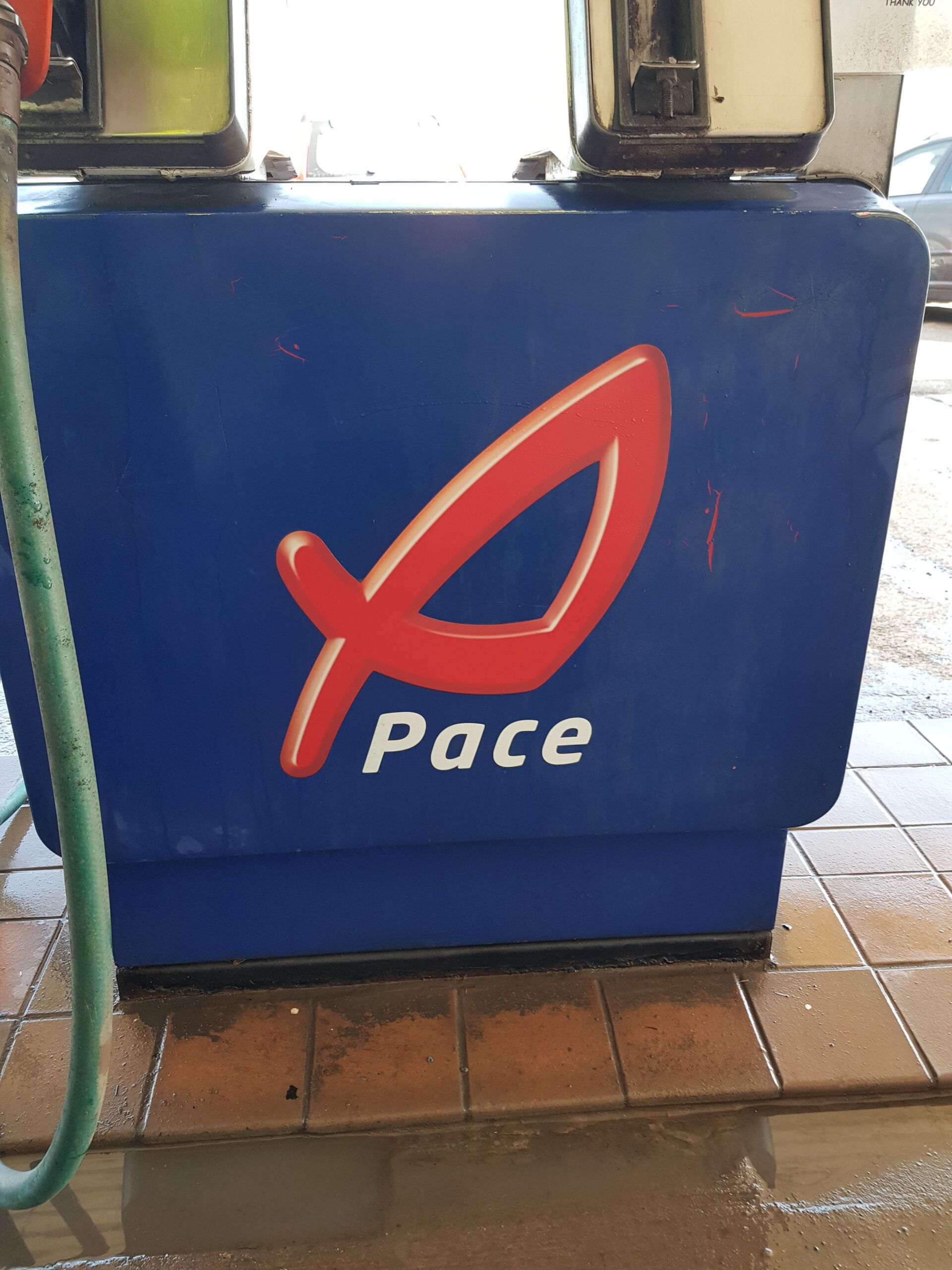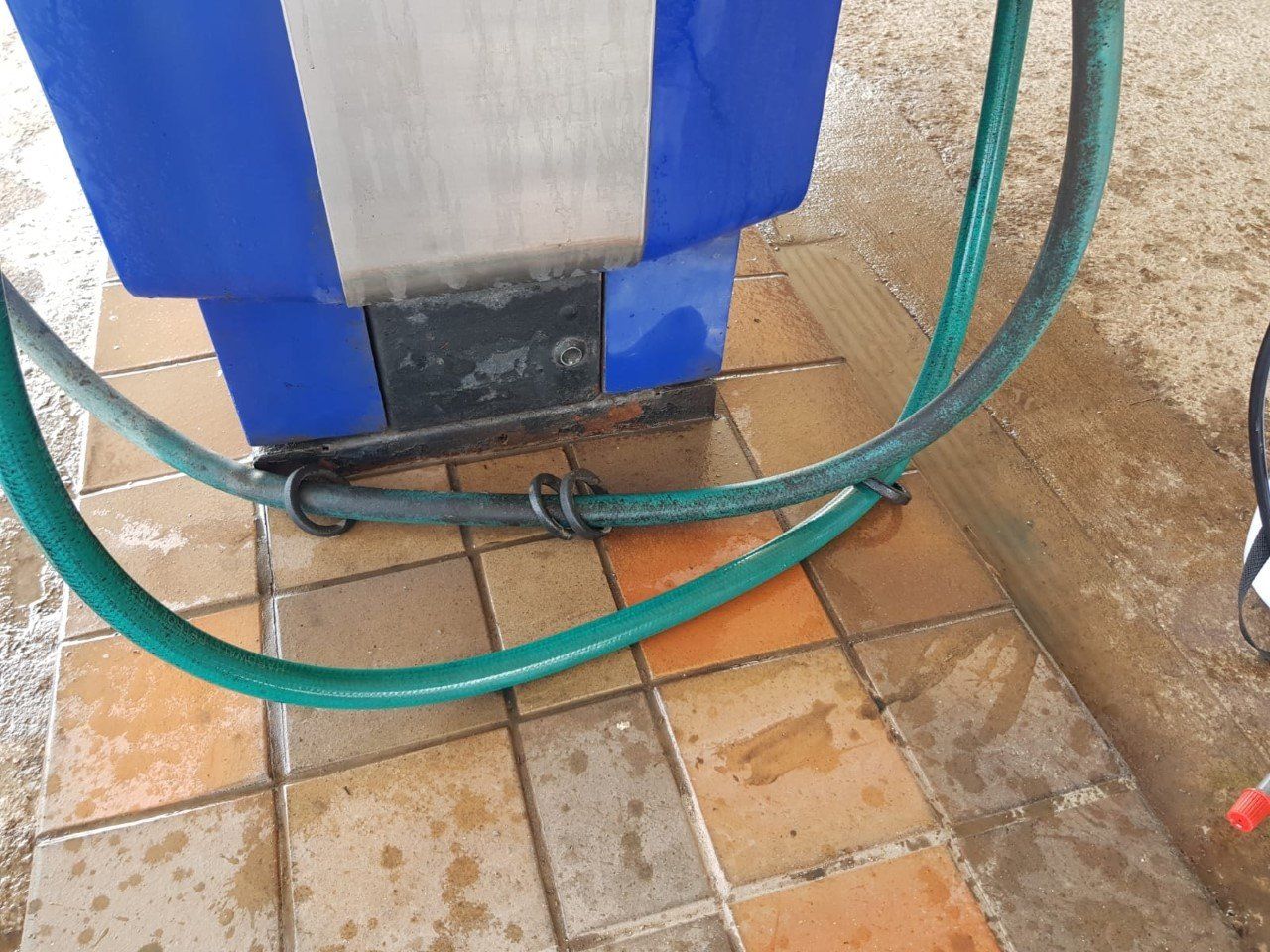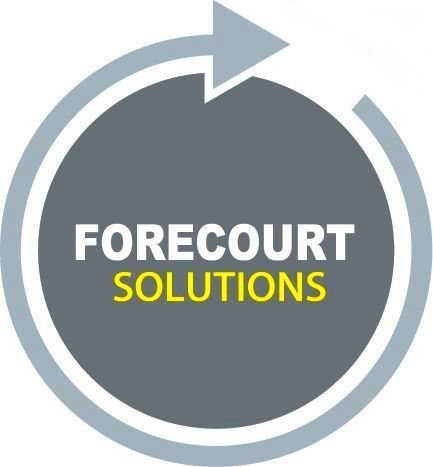FORECOURT

Three types of Hydrocarbon on a Forecourt that we can address now.
- Surface hydrocarbon (standard fuel is hydrophobic and repelled by water)
- Ethanol present in suspension (Ethanol is hydrophilic and attracted to, and soluble in water)
- Hydrogenated Fats - fats, oils and grease as bi products of convenience and fast food offers.
A: Lets Make a Difference
Our planet is suffering from a plethora of reasons and we need to be making an environmental difference no matter how small, especially if there is no additional cost to your business. “A lot of littles, really does make a difference in this space”
B: The Dangers
Ethanol is completely miscible in both gasoline and water at all concentrations. The presence of ethanol, therefore, affects the fate and transport mechanisms of E-blend fuels through existing containment mechanisms and through spill events.
Chemical detergents contain molecules (surfactants) that have two different ends. One end is strongly attracted to water and the other to dirt and grease. However, like any chemical reaction there is a limit to how much dirt and grease can be picked up at any time, and often it is not all of it.
To promote cleaning many of the chemical additives are harmful to both the user and the environment.
C: Benefits beyond your facility
The creation of a harmless bio mass and regular cleaning with our products, ensures that bio remediation will continue to work after it has left your premises. We believe that through promoting the use of bio remedial cleaners over chemical cleaners we help protect the environment by reducing Hydrocarbons & Ethanol from entering our waters & assist in making “fatbergs” and the disruption it causes a thing of the past.
D: Solution: Bio remediate - Pump & spill cleaning - Interceptor dosing
Bio remedial cleaning works on activating harmless, naturally occurring bacteria that are found around us every day. These bacteria actively ingest dirt and hydrocarbons leaving behind only water and inert gas. They actually create the enzymes biological agents use; so as long as there is dirt and hydrocarbon they will continue to work well beyond the end of the physical cleaning process.
VIDEO
The use of Bio Remedial products instead of sand and to remove/prevent forecourt stains
- Treat your fuel separator with 10-20 liters kick off dose the bioremediation process begins.
- Swap your traditional chemical pump and forecourt cleaner with our bioremedial products. This will constantly “top up” interceptor separator with fresh product.
- Pour used cleaning solution into the forecourt drain connected to the fuel separator.
- Spills should be treated by pouring our bioremedial solution onto the spill diluted @10:1, leave for 10 minutes then simply brush and rinse off into the into the forecourt drain connected to the fuel separator.
- Ethanol our product will form a biomass within the fuel separator containing 2 types of bacteria. It will bio remediate surface hydrocarbon and scavenge for miscible ethanol present in suspension.
If the separator is receiving regular small spills and you are using our bioremedial products for regular cleaning inside the store and on the forecourt, your need to empty your fuel separator will be reduced.
Container Sizes (concentrated)
- 5 Litres
- 10 Litres
- 200 Litre Barrel
- 480 Litres (24 Boxes)
- 1000 Litres (IBC)
Mixing Ratio
- Heavily Stained Area 20:1
- General Walkways 40:1
- Power washers & Scrubber Driers 50:1 / 60:1
Illustration: A 5 Litre concentrated Bio 010 at 40:1 for General walkway cleaning, will make 200L of cleaning product.
Manual Cleaning / Cleaning By hand
- Pre-mix the product with water to the appropriate recommended concentration level as displayed in table (2.0)
- The product should be mixed in a suitable container before being transferred to the final application device.
- Always add the required amount of water first and then add the Bio product to avoid unnecessary foaming.
Equipment Cleaning
- For manual surface and equipment cleaning, we recommend application by spray as this uses less cleaning solution.
- Spray the area to be cleaned with the diluted product.
- For non-porous surfaces, such as sign ware, leave for 2-3 minutes before wiping off.
- IMPORTANT DO NOT LET THE AREA DRY OUT BEFORE WIPING DOWN





